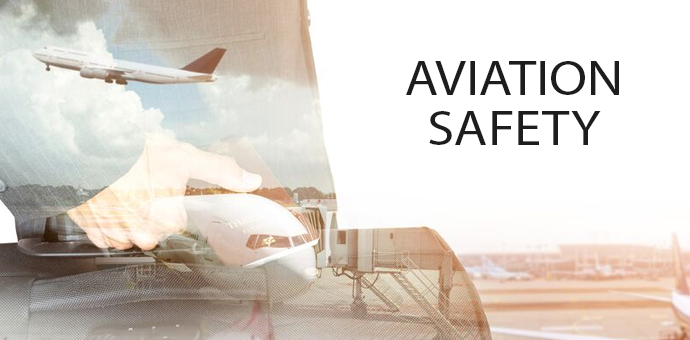Sofema Aviation Services (www.sassofia.com) takes a look at forthcoming changes related to the provision of European Aviation Ground Handling driven by to European Council Regulation 2018/1139 (Basic Regulation).
Safety Management at the Member State level
ICAO has mandated that all Contracting States (and therefore also EASA Member States) implement an SSP while organisations in the Member States are required to establish an SMS. Both elements are complementary.
Safety Management at the EU level
The first EASA SSP/SMS requirements have been adopted in the form of authority and organisation requirements with Regulation (EU) 290/2012 in the domain of flight and cabin crew and Regulation (EU) 965/2012 in the domain of air operations. Requirements have been progressively extended to other domains of the aviation system, such as ATM and Aerodromes and they will also be incorporated in Initial and Continuous Airworthiness. The current status of SMS rulemaking activities can be found here.
EU Safety Initiatives
The utilization of data for decision-making is crucial for the implementation of safety management. Several EU initiatives contribute to this objective:
The European Operators Flight Data Monitoring Forum (EOFDM)
An expert group of authorities is dedicated to the promotion of Flight Data Monitoring, the European Authorities Coordination Group on Flight Data Monitoring (EAFDM).
A Data4Safety Programme aims at changing from the current reactive approach to safety – which is based on accident and occurrence reports – to a proactive approach, analysing trends and situations which can lead to a safety hazard.
Member States, EASA and the European Commission, have taken a proactive approach and worked collaboratively to develop the European Aviation Safety Programme (EASP). The EASP aids the Member States in meeting their legal obligations and further improving safety.
The sharing of roles between the EU and the Member States, as described in the EASA Basic Regulation, makes it necessary for the Member States to work together with EASA to fully implement the SSP. Developing an EU equivalent of an SSP (i.e. the EASP) is a more efficient means of discharging this obligation and would support the EU Member and associated States in developing their own SSPs.
The main elements of the European Aviation Safety Program (EASP)
The proposed approach for European aviation safety is based on three elements:
- A set of policies and objectives from political authorities (the strategy). The strategic elements are spelled out by the European Commission in a Communication to the Council and the European Parliament.
- An integrated set of regulations and activities aimed at improving safety (the programme). The European Aviation Safety Programme (EASP) conforms to the ICAO SSP framework.
- A high-level safety issues assessment and related action plan. This Safety Plan, formerly called EASp and now called European Plan for Aviation Safety (EPAS).
Regulation 2018/1139 Annex I (Legislative acts)
(1) A high and uniform level of civil aviation safety should be ensured at all times by the adoption of common safety rules and by measures ensuring that any goods, persons and organisations involved in civil aviation activity in the Union comply with such rules.
(13) Application of sound safety management principles is essential for continuous improvement of civil aviation safety in the Union, anticipating emerging safety risks, and making best use of limited technical resources. It is, therefore, necessary to establish a common framework for planning and implementing safety improvement actions. To that end, a European Plan for Aviation Safety and a European Aviation Safety Programme should be drawn up at Union level. Each Member State should also draw up a State Safety Programme in accordance with the requirements contained in Annex 19 to the Chicago Convention. That Programme should be accompanied by a plan describing the actions to be taken by the Member State to mitigate the identified safety risks.
(14) In accordance with Annex 19 to the Chicago Convention, Member States are to establish an acceptable level of safety performance in relation to the aviation activities under their responsibility. In order to assist the Member States in meeting this requirement in a coordinated manner, the European Plan for Aviation Safety should lay down a level of safety performance for the Union in respect to the different categories of aviation activities. That level of safety performance should not have a binding character but should rather express the ambition of the Union and of the Member States with regard to civil aviation safety.
(22) Essential requirements should be laid down concerning reporting and analysis of safety occurrences. The detailed rules adopted in order to ensure uniform implementation of, and compliance with, those essential requirements should be consistent with Regulation (EU) No 376/2014 of the European Parliament and of the Council
Sofema Aviation Services (www.sassofia.com) and Sofema Online (www.sofemaonline.com) are pleased to offer EASA Compliant Regulatory & Vocational Classroom & Online Training. For details please see the websites or email office@sassofia.com or online@sassofia.com




